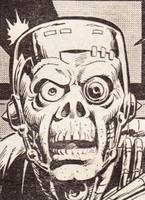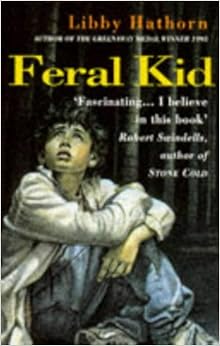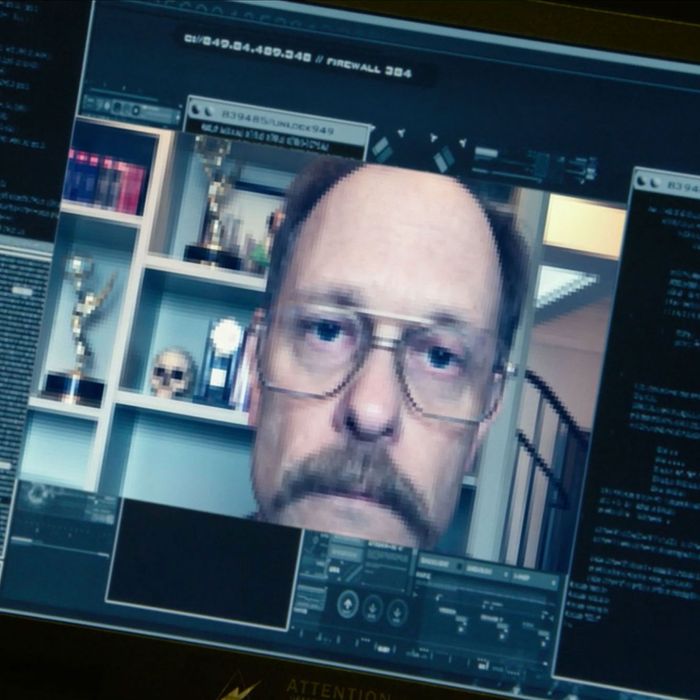- Welcome to Cook'd and Bomb'd.
-
 Terry & June gets a content...
by Brundle-Fly
Terry & June gets a content...
by Brundle-Fly
[Today at 06:15:47 PM] -
 Shit films you have a fascination...
by Critcho
Shit films you have a fascination...
by Critcho
[Today at 06:12:40 PM] -
 RIP Terry Carter - last surviving...
by Feralkid
RIP Terry Carter - last surviving...
by Feralkid
[Today at 06:12:37 PM] -
 American words/phrases you...
by jamiefairlie
American words/phrases you...
by jamiefairlie
[Today at 06:12:32 PM] -
 The Captain Tom grift continues...
by perplexingprocrastinator
The Captain Tom grift continues...
by perplexingprocrastinator
[Today at 06:12:02 PM] -
 Is this shit?
by Underturd
Is this shit?
by Underturd
[Today at 06:10:34 PM] -
 "B*lt my hat's arse!"...
by The Bumlord
"B*lt my hat's arse!"...
by The Bumlord
[Today at 06:10:31 PM] -
 Childish pathetic stuff you...
by Blue Jam
Childish pathetic stuff you...
by Blue Jam
[Today at 06:04:18 PM] -
 Doctor Who - Series 14, part...
by Alberon
Doctor Who - Series 14, part...
by Alberon
[Today at 06:02:05 PM] -
 The Beatles are fucking good....
by Critcho
The Beatles are fucking good....
by Critcho
[Today at 05:58:51 PM]
Members
 Total Members: 17,827
Total Members: 17,827 Latest: skinnylike
Latest: skinnylike
Stats
 Total Posts: 5,583,960
Total Posts: 5,583,960 Total Topics: 106,750
Total Topics: 106,750 Online Today: 1,129
Online Today: 1,129 Online Ever: 3,311
Online Ever: 3,311- (July 08, 2021, 03:14:41 AM)
Users Online
 Users: 106
Users: 106 Guests: 838
Guests: 838 Total: 944
Total: 944 Feralkid
Feralkid Mobius
Mobius Quote
Quote Dr M1nx PhD
Dr M1nx PhD Greyhound
Greyhound Alberon
Alberon Pink Gregory
Pink Gregory RetroRobot
RetroRobot Eggy Mess
Eggy Mess Midas
Midas Uncle TechTip
Uncle TechTip Brundle-Fly
Brundle-Fly Gulftastic
Gulftastic privatefriend
privatefriend oggyraiding
oggyraiding Twilkes
Twilkes MrT
MrT There Be Rumblings
There Be Rumblings Pixel Pusher
Pixel Pusher Psybro
Psybro sweeper
sweeper Critcho
Critcho earl_sleek
earl_sleek TommyTurnips
TommyTurnips Moj
Moj Dannyhood91
Dannyhood91 ThaBiggPaybacc
ThaBiggPaybacc fink
fink non capisco
non capisco StewartLeehaslethimselfgo
StewartLeehaslethimselfgo Emotional Support Peacock
Emotional Support Peacock Gob Shine Algorithm
Gob Shine Algorithm gmoney
gmoney The Crumb
The Crumb jamiefairlie
jamiefairlie Wayman C. McCreery
Wayman C. McCreery Eukrate
Eukrate Theotherside
Theotherside Small Man Big Horse
Small Man Big Horse Jack Shaftoe
Jack Shaftoe Sad Ken
Sad Ken cromby
cromby Purple Toupee
Purple Toupee perplexingprocrastinator
perplexingprocrastinator Prax150
Prax150 Voltan (Man of Steel)
Voltan (Man of Steel) DelurkedToHelp
DelurkedToHelp Underturd
Underturd Shaxberd
Shaxberd ElTwopo
ElTwopo big al
big al Sexton Brackets Drugbust
Sexton Brackets Drugbust Registering to lurk
Registering to lurk ishantbekeepingit
ishantbekeepingit phes
phes heliagon
heliagon crankshaft
crankshaft Poobum
Poobum mikeyg27
mikeyg27 thr0b
thr0b Spiteface
Spiteface Edgar Balloon III
Edgar Balloon III Ruben Remus
Ruben Remus mrsleepy321
mrsleepy321 Mr Farenheit
Mr Farenheit bigfatheart
bigfatheart bambiraptor
bambiraptor Two Headed Sex Beast
Two Headed Sex Beast Mr Vegetables
Mr Vegetables Jimmy the Harp
Jimmy the Harp GMTV
GMTV daf
daf Red Lantern
Red Lantern Catalogue Trousers
Catalogue Trousers Langdale
Langdale KaraokeDragon
KaraokeDragon Bellalunaesme2
Bellalunaesme2 bob bobsson
bob bobsson FredNurke
FredNurke Bobby Spatchcock
Bobby Spatchcock Sparers
SparersVampyr (Dreyer, 1932)
Started by Chedney Honks, October 17, 2021, 12:41:57 PM
Previous topic - Next topic
User actions

